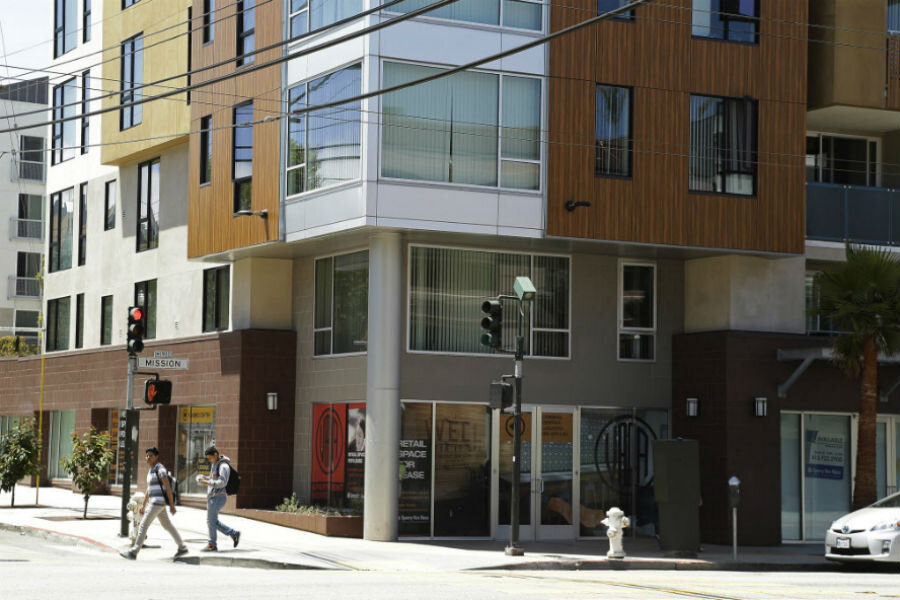Rental prices keep climbing, but relief is ahead
Loading...
Rental rates could soon plateau at more moderate levels after a surge in prices over the past few years.
Average rental prices in the United States increased 0.4 percent in May, according to data from the government's consumer price index, released in June and analyzed by USA Today. Rents increased by 5 percent in the first half of 2016, 2 percent higher than historical average. The average rate to rent an apartment in the US is now $1,282 per month.
However, analysts project that after 67 consecutive months of rent increases, some relief on the horizon because construction firms are building more multifamily housing.
An increase in supply of rental units should stabilize rent inflation in coming months, Greg Willett, chief economist at RealPage, a property management software company, told USA Today Wednesday. Approximately 75,000 multifamily units were built, in the previous quarter, and an estimated 315,000 will be completed in the next year -- an 85,000 unit increase from 2015. The increase in supply should allow rent inflation to settle between 3.5 and 4 percent, he said.
The rental market could use that relief. Harvard University’s Joint Center for Housing Studies has reported that in 2015, the percentage of US households that were renters reached nearly 37 percent -- a level that hasn’t been seen since the mid-1960s. US apartment occupancy has reached 96.2 percent, just under the record of 96.8 percent occupancy reached in 2000. Many factors contribute to this high demand, including a large number of Millennials who are ready to move out of their parents’ basements, but may not be ready to buy a house. That drop in ownership combined with a large cohort of young adults looking to rent has squeezed the supply of rental housing in recent years.
It's difficult for Millennials to buy homes, even if they want to. According to the Council of Economic Advisers to the White House, 67 percent of Millennials under the age of 30 have low credit scores, or scores below 680 on the scale of 300-850. Low credit scores can make it difficult to qualify for mortgages.
Young people are also looking to buy homes later in life than their counterparts in the 1970s or 1980s, increasing the demand for space to rent. According to Zillow, a real estate and rental marketplace, Americans renting for six years on average before buying a home for the first time, compared to only renting for 2.6 years in the 1970s.
However, high rent costs can further prevent young people from transitioning into first-time home buyers. According to the Harvard center, rent rates in real terms have increased seven percent from 2001 to 2014. In metro areas, rent growth exceeded overall inflation in the third quarter of 2015. For newly constructed apartments in 2014, the median rate was $1,372, while the overall average rate was $934 per month.
The increase in price has accompanied a nine percent decrease in the median renter household income, leaving a record high number of renters with housing cost burdens. Nearly half of all renters, over 21 million people, spent over 30 percent of their income on rent in 2014.
“With rents taking up a larger chunk of household incomes, it’s difficult for first-time buyers – especially in high-cost areas – to save for an adequate down payment,” Lawrence Yun, chief economist for the National Association of Realtors (NAR) said in a report released last year. Mr. Yun predicts home construction aimed at entry-level buyers will need to increase before housing costs can come down.








